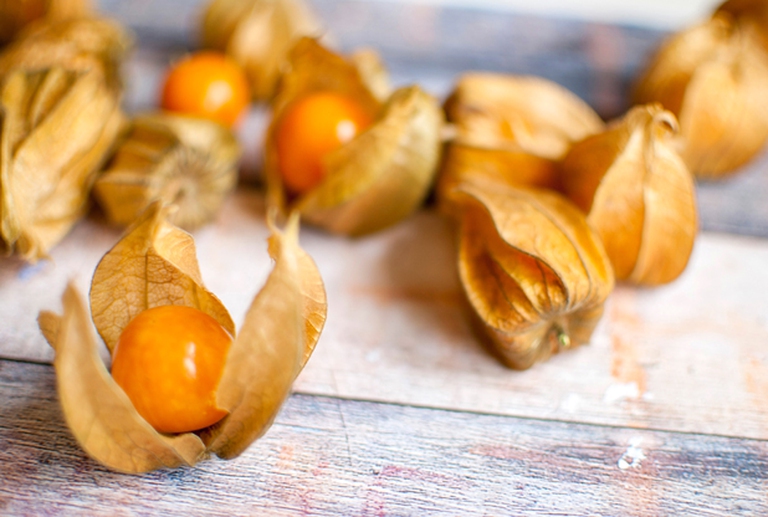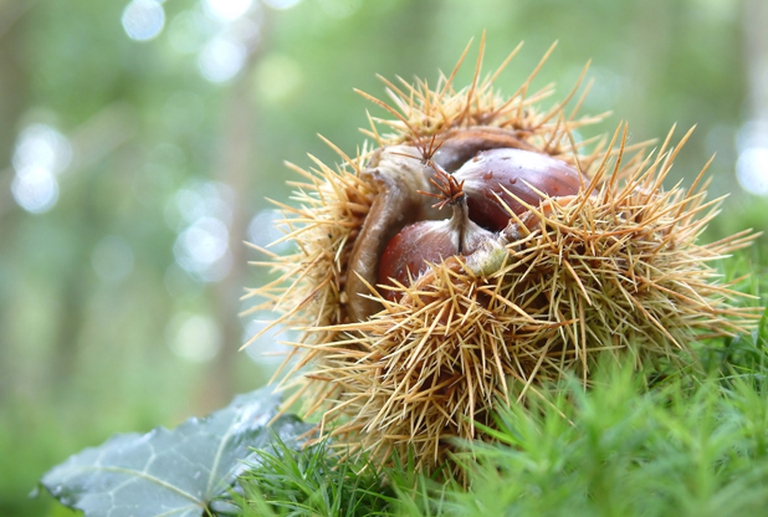
Factory farming conditions and antibiotic-resistant pathogens emerging as a result of them pose an existential threat to humans in the form of zoonotic diseases. Why it’s time to produce and consume food more thoughtfully.
To us, October means mushrooms. We suggest an original and elegant recipe: boletus salad with dill. Serve it as a starter with rye bread. Preparation is simple: just sliced fresh mushrooms with fresh dill, chives, extra virgin olive oil and salt, garnished with a few pomegranate grains. Another food that ripens in October is the winter
To us, October means mushrooms. We suggest an original and elegant recipe: boletus salad with dill. Serve it as a starter with rye bread. Preparation is simple: just sliced fresh mushrooms with fresh dill, chives, extra virgin olive oil and salt, garnished with a few pomegranate grains. Another food that ripens in October is the winter cherry, which is rich in vitamin C. Try it with dark chocolate: a real delicacy.
Vegetables: chard, cauliflower, white cabbage, Savoy cabbage, chicory, onion, beet tops, bean, mushroom, endive, lettuce, potato, pea, leek, radicchio, horseradish, turnip, radish, rocket, scorzonera, celery, celeriac, spinach, Jerusalem artichokes, valerianella, pumpkin.
Fruits: persimmon, chestnut, apple, pomegranate, fig, plum, grape, prickly pear, pineapple, winter cherry, banana, carob, sorb, arbutus.
Fish: mullet, sea bream, sardine. Tuna and cob are endangered species and we don’t recommend them. Consult the guide to sustainable fish.
Siamo anche su WhatsApp. Segui il canale ufficiale LifeGate per restare aggiornata, aggiornato sulle ultime notizie e sulle nostre attività.
![]()
Quest'opera è distribuita con Licenza Creative Commons Attribuzione - Non commerciale - Non opere derivate 4.0 Internazionale.
Factory farming conditions and antibiotic-resistant pathogens emerging as a result of them pose an existential threat to humans in the form of zoonotic diseases. Why it’s time to produce and consume food more thoughtfully.
The world of cinema recognises the link between food choices and the climate crisis by offering vegan menus for awards season events, including at the most important of them all: the Oscars.
Let’s look at the reasons behind the growth of veganism in India, as a small yet vocal section of the population turns towards this diet and lifestyle in the largest milk producing country in the world.
by Jeffrey Y. Campbell, Manager of the Forest and Farm Facility at FAO In the Ecuadorian Amazon, Kichwa farmers grow dozens of products on tiny parcels of land. Their lands hum with biodiversity, yielding nutritious foods that have sustained families for generations. Wandering among fruit and nut trees and crops, these indigenous agroforesters fill their baskets
Mint has many health benefits, but in food it’s often accompanied by artificial green colourings. Instead, Galatea has created a green mint ice cream in a completely natural way.
We’re talking about Galatea, a company that produces semi-finished products for artisanal ice creams using high quality ingredients, natural colouring, excluding thickeners and hydrogenated fats, respecting the environment and supporting the less fortunate.
The mad rush to fake food, like fake meat made with genetically-modified soy, ignores the importance of the diversity of our foods and culinary cultures. It’s a recipe to accelerate the destruction of the Planet and our health.
Like with all foods, the quality of an ice cream can be discerned by reading its label. An expert explains how to do this, and tells us how their company steers clear of chemicals, using only natural ingredients to produce an excellent and “free” ice cream.
Quality ingredients, no artificial colouring and hydrogenated fats. These are the main features of a great ice cream. But what makes an ice cream parlour “good”, i.e. sustainable?










